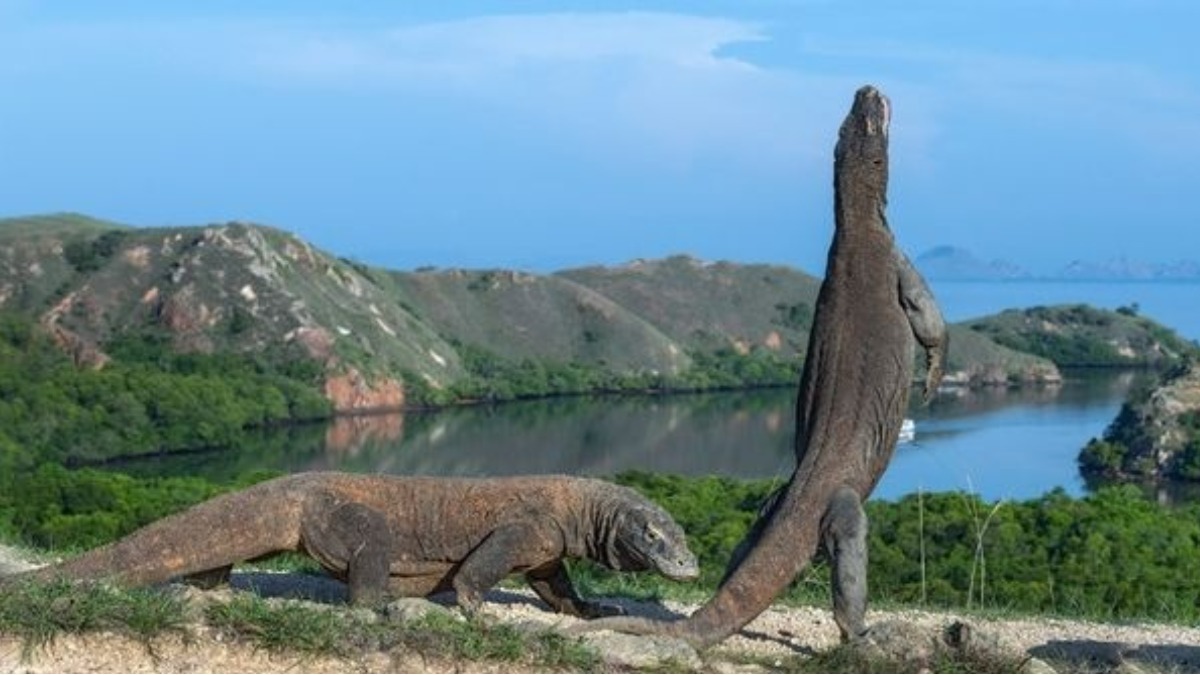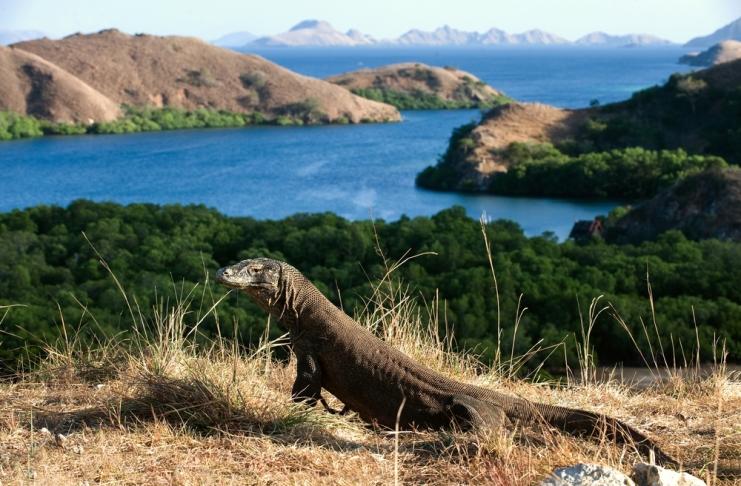Steven Spielberg’s Jurassic Park, based on the eponymous book by Michael Crichton, is something of a moral fable about the dangers of human manipulation of technology, humanity’s failure thereby, technology’s influence on the human condition, and scientific advances that go wrong.
Crichton’s work, a pioneer in the modern genre called techno-thriller, has always been to highlight and discuss the dangerous acceptance of technological power by humanity without considering safety or ethical repercussions. This is observed in all of the author’s works, from The Andromeda Strain (1969) to his series ER – Medical Duty (1994), in which Crichton states that man should not lose sight of his humanity when dealing with the application of science and technology, exploring the dangers of relying on that same technology.


Furthermore, although most audiences who watch Jurassic Park leave the cinema only shocked by the magnitude of the CGI and the production, the film also gives long strokes to the dangers that human ambition can offer, such as blindness, accompanied by selfishness. and greed, responsible for guiding scientific advances.
Even though the story has a dystopian context, some aspects of it, like those mentioned above, are more present than ever, and Earth’s last living pseudo-dinosaurs, the Komodo dragons, bear witness to this.

Will Komodo dragons end up as an attraction in a ‘Jurassic Park’?
“People here live with the Komodo dragon, which they call ‘ora’ or respectfully ‘sebae’ – twin of the Komodo people. But now Komodo National Park and its inhabitants are in great danger,” warns Umbu Wulang, Director of WALHI NTT, an environmental NGO.


Komodo National Park has been a UNESCO World Heritage Site since 1991. Most of the 3,000 Komodo dragons (Varanus komodoensis) – the largest lizards in the world – live here. Coral reefs, sea turtles, rays, whales and dolphins are a testament to the rich biodiversity of the surrounding sea.
Ideally, Komodo National Park should be closed to the public to allow it to recover from tourism and wildlife trafficking, but now construction projects in the name of “ecotourism” are threatening nature and local people. Instead of protecting Komodo dragons, President Joko Widodo wants to fuel a new tourism boom.
The developers called the Geopark project on the island of Rinca ‘Jurassic Park’. The admission fee to the luxury resort was set at $1,000. The concessions were awarded to large corporations without prior environmental impact assessments or a focus on science, and without taking into account existing local concepts for limited tourism.
For the local population, a ‘Jurassic Park’ would mean resettlement and the loss of their livelihoods as forest guards, souvenir sellers or fishermen. For nature, this would imply damage to the ecosystem, a threat to Komodo dragons and the impact of sewage and sand discharge on the underwater world.






Protests in Indonesia have so far been unsuccessful. “This‘ Jurassic Park ’will destroy nature and the livelihoods of the people who have lived with Komodo dragons since time immemorial,” said Umbu Wulang, urging us on international pressure to save the last dragons.
systematic destruction

(Source: The Independent/Reproduction)
Rinca Island, in Komodo National Park, part of the Indonesian archipelago, is a 1,126-square-kilometer refuge of pure flora and fauna, a World Heritage Site by the United Nations Educational, Scientific and Cultural Organization (UNESCO) since 1980 and transformed by the Indonesian government into a premium tourist spot.


The place should be where Komodo dragons could live forever without being disturbed by human influence, as it is the only place on Earth left for them, who arrived in the archipelago about 4 million years ago from Australia. .
Over the years, dragons have spread to Flores, Bornea and other islands, when water levels were lower, which allowed them to conserve their race — since, with the arrival of the first aborigines to Australian territory (via the sea from Southeast Asia between 40 and 70,000 years ago), animals began to become extinct.

(Source: Cruising Indonesia/Reproduction)


For a long time, Komodo National Park remained human-free, until the Indonesian government closed it to visitors — who weren’t even supposed to step into the animals’ habitat — after reports that a gang was smuggling the island’s lizards. According to the BBC, of the 45 animals stolen, 41 have been sold by the time the story was written.
This scandal only served as a pretext to feed the ambitious and capitalist idea of the Indonesian authorities, who started the process of earthmoving the Komodo National Park for the construction.